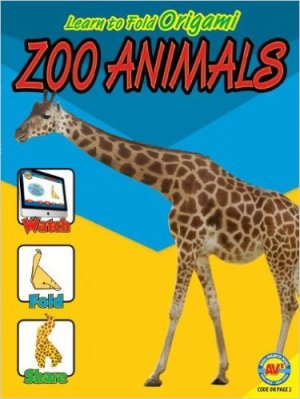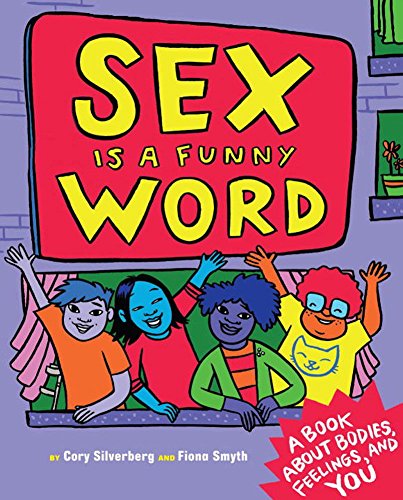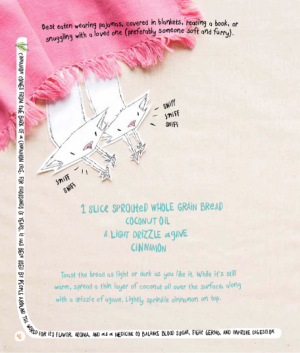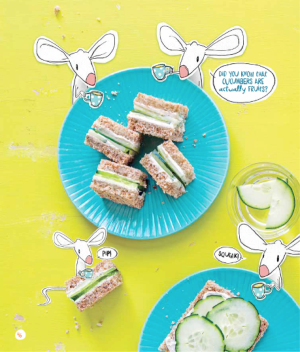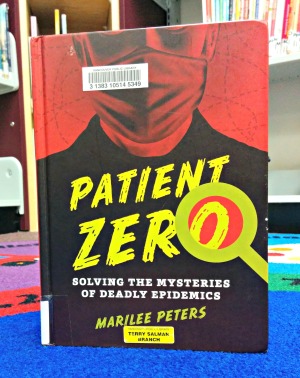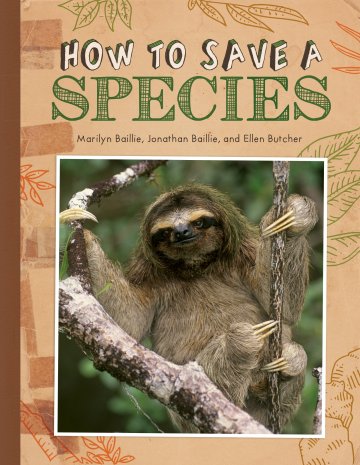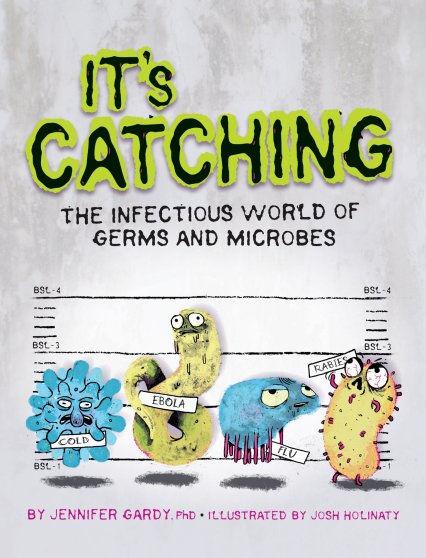 Nonfiction Picture Book Challenge 2015 is a weekly celebration of imaginative children’s nonfiction materials hosted by Kid Lit Frenzy.
Nonfiction Picture Book Challenge 2015 is a weekly celebration of imaginative children’s nonfiction materials hosted by Kid Lit Frenzy.

Title: Friend or Foe – The Whole Truth About Animals That People Love to Hate
Author: Etta Kaner / Illustrator: David Anderson
Publisher: Owlkids Books
Publication Date: 2015
Genre/Format: Nonfiction
Publisher’s Summary: Rats, mosquitoes, bats, cockroaches, leeches, vultures — it’s easy to fear and despise them. But are they all bad? You probably know that rats destroy food supplies and can cause house fires when they gnaw on electrical wires, but did you know their supersensitive noses can help detect tuberculosis or even land mines?
Are these conventionally icky critters really public enemies, or do they have merits worth appreciating? Friend or Foe takes a close look at what we dislike about each of 10 unpopular animals, and then presents the flip side: these very same animals are often smart, helpful to humans and the environment, or inspiring to scientists.
After each pair of polarizing spreads, readers are asked to decide for themselves if the animal is friend or foe. Fascinating research and anecdotes, fun design inspired by propaganda posters, and playful use of persuasive language and point of view make Friend or Foe an engaging read that will leave readers reconsidering common perceptions.
My Two Cents: Rats, leeches, and snakes, oh my! This is another so-gross-it’s-cool nonfiction book that’s sure to catch the eye of young readers with its bold illustrations and slightly creepy subject matter. A series of different creatures are examined from different points of few, prompting readers to consider the positive and negative aspects of each animal, and eventually realize that, as the author suggests,
“Animals just are what they are! Seeing them as friend or foe depends on the time and place, and a person’s point of view.”
10 animals in total receive two spreads each, one casting the creature as a fearsome foe ( “The Big, Bad Wolf”, “Spiders: Scary, Sneaky and Spooky”, “Snakes: Silent and Deadly”), the other showcasing its friendlier characteristics (“Wolves are Wonderful!”, “Spiders are Spectacular!”, “Snakes are Super!”). The artwork of each spread changes to suit the style of the text, with scary images on one spread, and cute, cartoon drawings on the next.
The “foe” spreads are likely to be more attractive for young audiences than their friendly counterparts, simply because of the appeal of scary/gross illustrations and text, but the entire book would make a good starting point for group discussion, and could inspire engaging classroom activities and research assignments. This is a thoughtful, well-arranged title that encourages children to approach the world with an open mind and to consider multiple perspectives when making a decision.

Title: The Boy Who Harnessed the Wind
Author: William Kamkwamba, Bryan Mealer / Illustrator: Elizabeth Zunon
Publisher: Dial Books for Young Readers
Publication Date: 2012
Genre/Format: Nonfiction
Publisher’s Summary: When fourteen-year-old William Kamkwamba’s Malawi village was hit by a drought, everyone’s crops began to fail. Without enough money for food, let alone school, William spent his days in the library . . . and figured out how to bring electricity to his village. Persevering against the odds, William built a functioning windmill out of junkyard scraps, and thus became the local hero who harnessed the wind.
Lyrically told and gloriously illustrated, this story will inspire many as it shows how – even in the worst of times – a great idea and a lot of hard work can still rock the world.
My Two Cents: William Kamkwamba, like many young boys, was insatiably curious. He “dreamed of building things and taking them apart”, and while working in the fields of his family’s struggling farm he would watch passing trucks and wonder, “how does its engine make it go?” Denied an education, William educated himself, devouring science books at a local American-founded library, and teaching himself rudimentary engineering. Using bits and pieces of scrounged materials and his own ingenuity, William built a windmill, and though at first he was only able to power a single light bulb, he realized then the powerful potential of electricity.

William Kamkwamba’s experiences have been simplified in this picture book edition, but this young man’s persistence and imagination remain the inspiring focus of the story. The Boy Who Harnessed the Wind would be an engaging classroom text, a valuable addition to units on renewable energy, environmentalism, Africa, inventors or children around the world. William embodies imagination, creativity, study, persistence and self-confidence – even when his neighbors called him “misala”, crazy, William did not lose faith in himself or his ideas.

Elizabeth Zunon’s cut paper illustrations perfectly capture the spirit of Kamkwamba’s story, mirroring his experiences piecing bits of things together to create something wonderful. An inspiring story for children of all ages.

